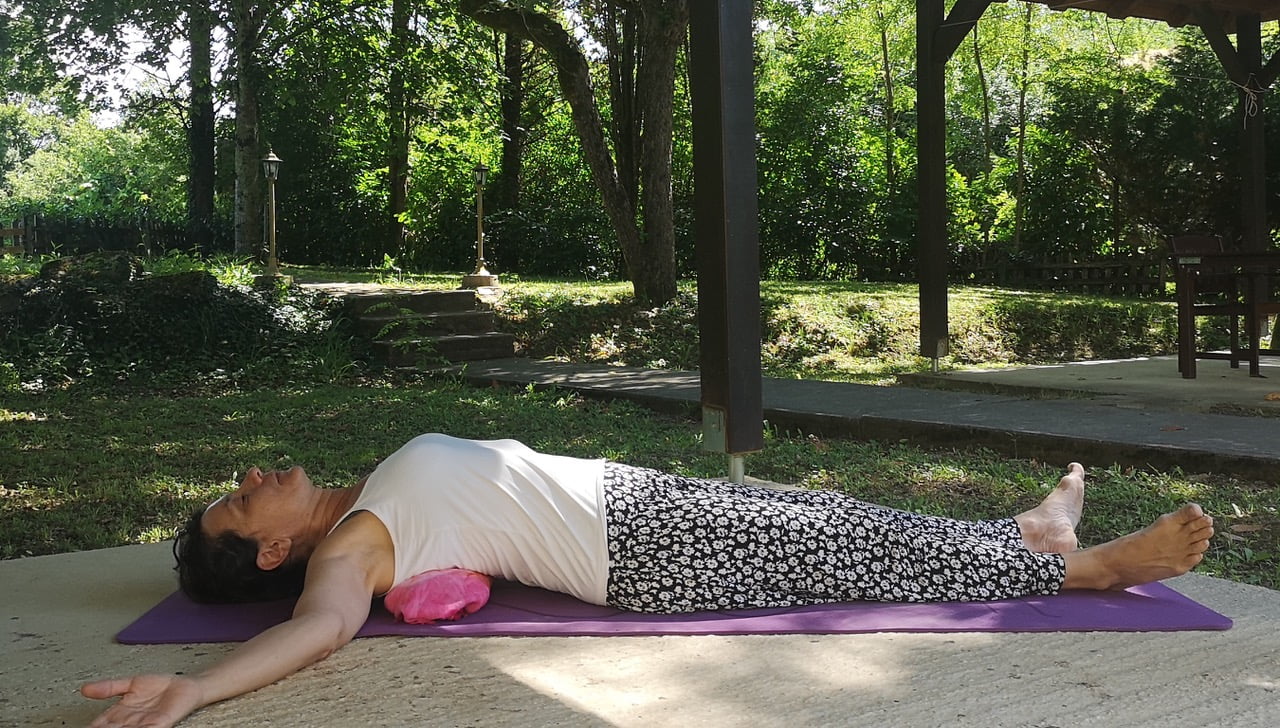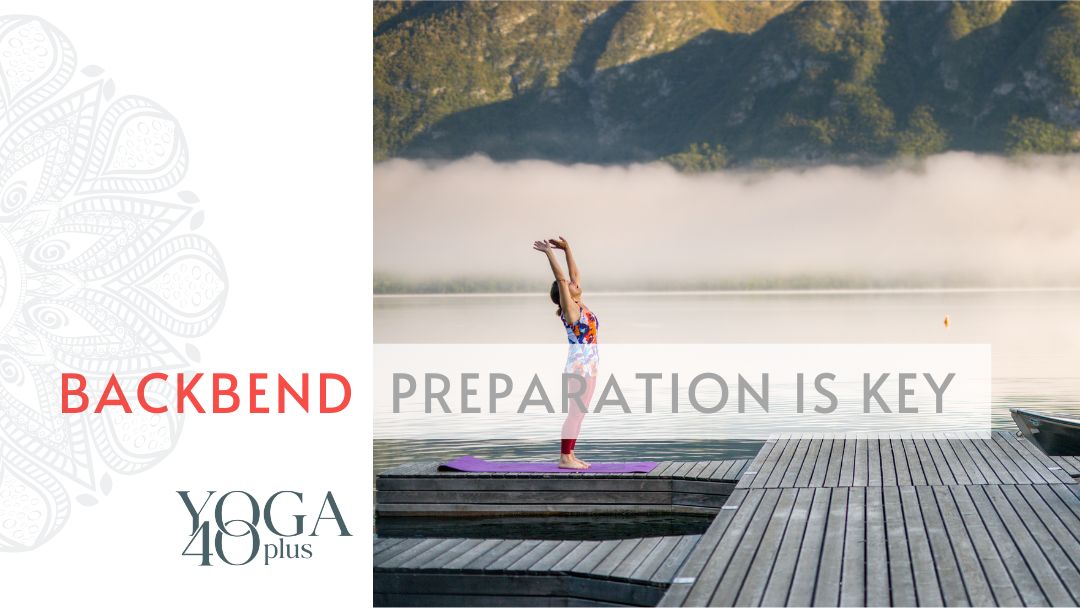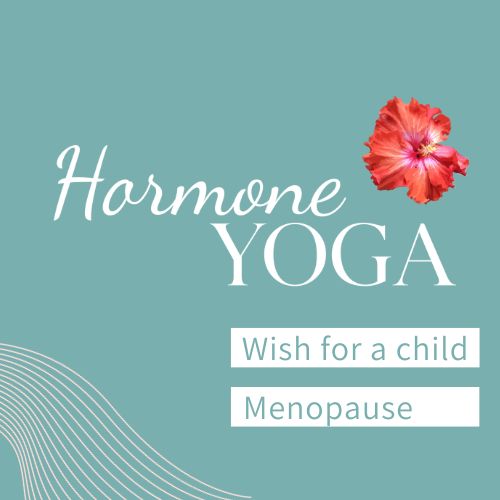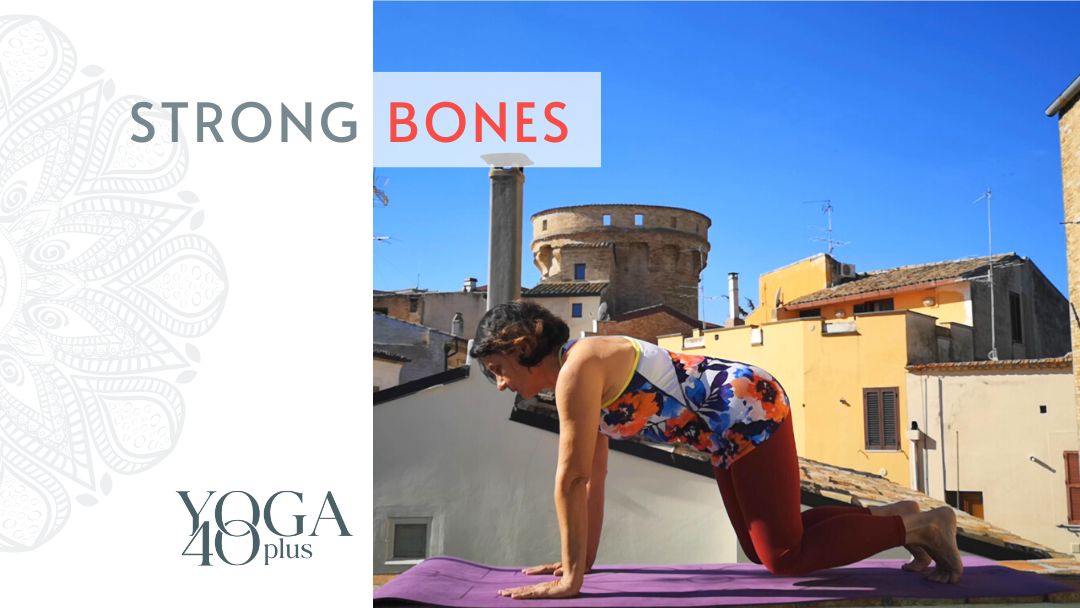Backbend – Preparation is key to avoid back pain
Backbends are part of yoga poses for lower back pain and – be careful – can conduct to addiction: they give the amazing feeling of doing the impossible (our body is by nature not designed for backbends) and sometimes lead to exhilaration, particularly after backbending inversion poses where the heart is placed higher than the head.
Commonly known backbends are Cobra, Camel, Bridge and of course the ultimate one, Wheel pose, which you should do with supervision by an experienced yoga instructor if you are beginner.
Risks of Backbends
You also might not like backbends, because at a point you’ve got experienced that the back pain increased after the practice – most of us have gone through this. Yes, this is a normal result when we concentrate the bend on the lower back, which is the easiest way to achieve a back bend. The lumbar spine has a far bigger range of motion as the upper part, connected to the ribcage and so resisting to backbends.
Why do we do Backbends?
Backbends are the counter pose to our daily life, being made for decades of sitting behind the computer and gazing on the mobile phone. Our way of life designs a new shape to our body, shortening our muscles and ligaments of the torso while lengthening and weakening the upper back muscles.
That’s where the backbends come in, moving our spine in the opposite direction and through regular practice keep our spine supple.
You’re sitting right now reading this article. Stand up, interlace your fingers, stretch your arms out over the head and slightly bend back. And you’re ready for a new session of forward bend over your computer or phone ?.
How to improve backbends?
To keep our lumbar spine safe, and so to avoid additional back pain, even small changes in the upper back offer significant benefits for the lower back. We need to work on increasing the mobility of the upper back and opening the chest to spread the backbending forces over the whole trunk.
Open your chest to protect your lower back
With an open chest your upper back actively participates in the backbend and so takes pressure from the lower back. Also, it counters the skewed spine shaped by sitting, office work, mobile phones…
Following poses can be practiced any time of the day and with abandon.
Table Chest Opener – on Hands
- Stand in front of a table or a surface about as high as your waist
- Join your palms together, place them on the table and walk back until your torso is parallel to the floor, the head between your arms
- Straighten your arms and press hands on the table
- Your chest bends towards the floor while arching the back
.
Table Chest Opener – on Elbows
- Bend your elbows, palms together, and place them on the edge of the table
- Walk back until your body becomes parallel to the floor
- Tuck your chin into your chest
- Open your chest towards the floor while arching your back
.
Variation
- Hold a book or block between your palms which will create more space in the upper back region
.
Floor Chest Opener – with Towel
- Roll a large towel or a small blanket into a cylinder, place it on your yoga mat and recline over it
- The bottom part of your shoulder blades (not the lower back) rests on the center of the roll
- Open your arms like wings, with palms upwards
- Surrender to the stretch for about 2 minutes
- If the stretch is too intense, make the towel thinner
- If the stretch is too intense for your neck, use a small pillow

Hormone Yoga
Boost your hormone production and find new energy with live online classes at home and within an international community. We meet 3 times a week for 30 minutes for step-by-step guided classes. Check-out the upcoming courses.







